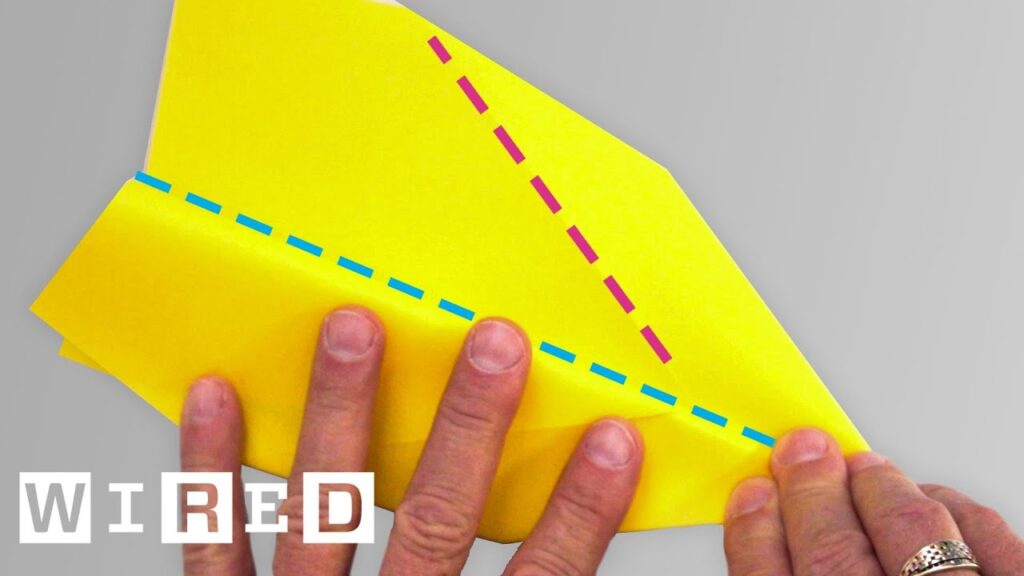Ocean Exploration: Submersibles, Currents, and Myths Debunked
Summary
In this article, we delve into the world of ocean exploration with Fabien Cousteau, an aquanaut and ocean explorer. He discusses different types of submersibles, how animals use ocean currents for transportation, and debunks myths surrounding underwater exploration.
Table of Contents
- Submersibles: Military and Scientific
- Ocean Currents and Animal Transportation
- Myths Debunked: Proteus, Liquid Breathing, and Shark Attacks
Submersibles: Military and Scientific
Cousteau breaks down the different types of submersibles used for ocean exploration, including military and scientific ones. He explains how the concept of breathing underwater is feasible and mentions how yellow is a common color for research submarines for high visibility.
Ocean Currents and Animal Transportation
Cousteau discusses how animals use ocean currents for transportation and how researchers can use this knowledge to track their movements. He also mentions the importance of protecting coral reefs and the impact of climate change on them.
Myths Debunked: Proteus, Liquid Breathing, and Shark Attacks
Cousteau debunks myths surrounding underwater exploration, including the idea of building an underwater research station called Proteus and the concept of liquid breathing. He also comments on a scene from Star Wars, saying that the miniaturized apparatus used for breathing underwater is modeled after something that has been experimented with in real life. Finally, he debunks the myth of a shark recognizing a specific person and comments on a scene from a movie where a diver runs out of air and goes to the surface without blowing bubbles, which can cause an embolism.
Conclusion
Ocean exploration is an exciting and important field, but it’s important to separate fact from fiction. Cousteau’s insights into submersibles, ocean currents, and myths surrounding underwater exploration provide valuable information for anyone interested in this field.






